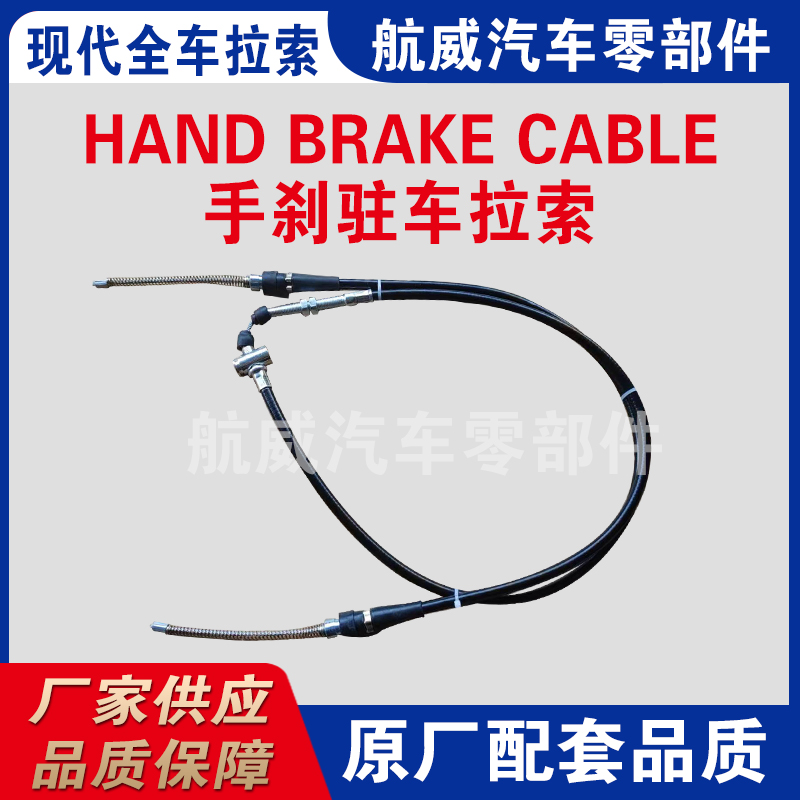Understanding the Function of the Master Cylinder in Clutch Systems
Master Cylinder Clutch Line An Essential Component of Vehicle Performance
In the intricate world of automotive engineering, the master cylinder clutch line plays a pivotal role that often goes unnoticed by everyday drivers. Understanding its function, significance, and maintenance can enhance vehicle performance and ensure a smoother driving experience.
What is the Master Cylinder Clutch Line?
The master cylinder serves as a vital component in a vehicle's hydraulic clutch system. It is responsible for transmitting force from the driver’s foot to the clutch mechanism, which ensures a seamless engagement and disengagement of the clutch. The master cylinder clutch line is the hydraulic line that connects the master cylinder to the slave cylinder (or clutch release cylinder), allowing the fluid to flow between the two components.
How Does It Work?
When the driver presses the clutch pedal, the master cylinder converts this mechanical force into hydraulic pressure. This pressure pushes the hydraulic fluid through the master cylinder clutch line towards the slave cylinder. The slave cylinder then activates the clutch fork, which in turn disengages the clutch from the engine. This process allows the driver to shift gears smoothly without grinding or stalling the engine.
Importance of the Master Cylinder Clutch Line
The master cylinder clutch line is critical for efficient vehicle operation. A malfunction or leak in this line can result in reduced hydraulic pressure, leading to difficulties in engaging or disengaging the clutch. Symptoms of a failing clutch line may include a spongy or soft clutch pedal, slipping of the clutch while driving, or even complete loss of clutch function. Such issues can significantly impact driving safety and performance.
master cylinder clutch line

Moreover, the master cylinder clutch line is often subjected to high pressures and temperatures, making it susceptible to wear and tear over time. Regular inspection and maintenance of this component help identify potential issues before they evolve into more serious problems.
Common Issues and Maintenance
One of the most common problems associated with the master cylinder clutch line is fluid leakage. A leak can lead to air entering the hydraulic system, causing the clutch pedal to feel soft or unresponsive. Drivers should regularly check the fluid level in the master cylinder reservoir and look for signs of leakage along the clutch line.
Additionally, the clutch line can develop corrosion or damage due to environmental factors such as road salt, moisture, and high temperatures. Regularly inspecting the line for signs of wear, such as cracks or frays, is essential. If any issues are identified, timely replacement is crucial to maintain vehicle safety and performance.
Upgrades and Alternatives
For performance enthusiasts, upgrading the master cylinder clutch line to a stainless-steel braided line can enhance the clutch system's responsiveness. These upgraded lines provide better pressure handling and are more resistant to heat and corrosion compared to rubber lines, which can soften over time. This results in a more direct connection between the master and slave cylinders, leading to improved clutch feel and performance.
Conclusion
The master cylinder clutch line may be an overlooked component in the realm of vehicle maintenance, but its importance cannot be overstated. A well-maintained clutch line ensures optimal hydraulic efficiency, directly impacting the driving experience. Whether it is performing regular checks, addressing wear and damage promptly, or considering upgrades for enhanced performance, recognizing the significance of this vital hydraulic line can lead to safer and more enjoyable driving.
-
Workings of Clutch Pipe and Hose SystemsNewsJun.04,2025
-
The Inner Workings of Hand Brake Cable SystemsNewsJun.04,2025
-
The Secrets of Throttle and Accelerator CablesNewsJun.04,2025
-
The Hidden Lifeline of Your Transmission Gear Shift CablesNewsJun.04,2025
-
Demystifying Gear Cables and Shift LinkagesNewsJun.04,2025
-
Decoding Clutch Line Systems A Comprehensive GuideNewsJun.04,2025
